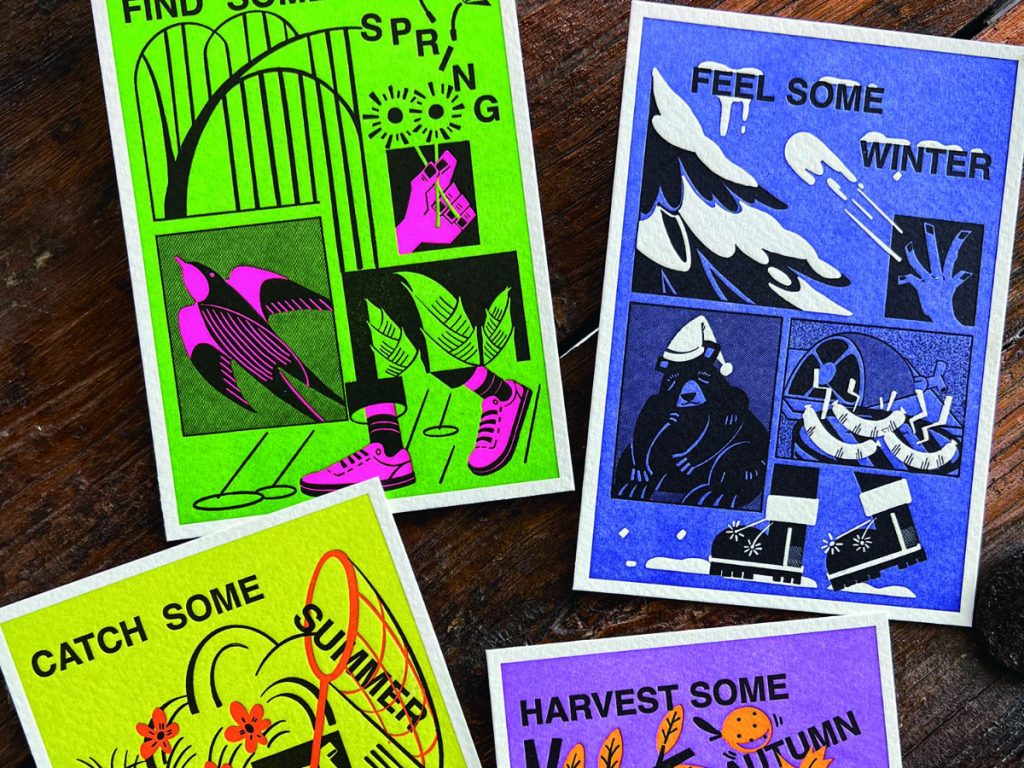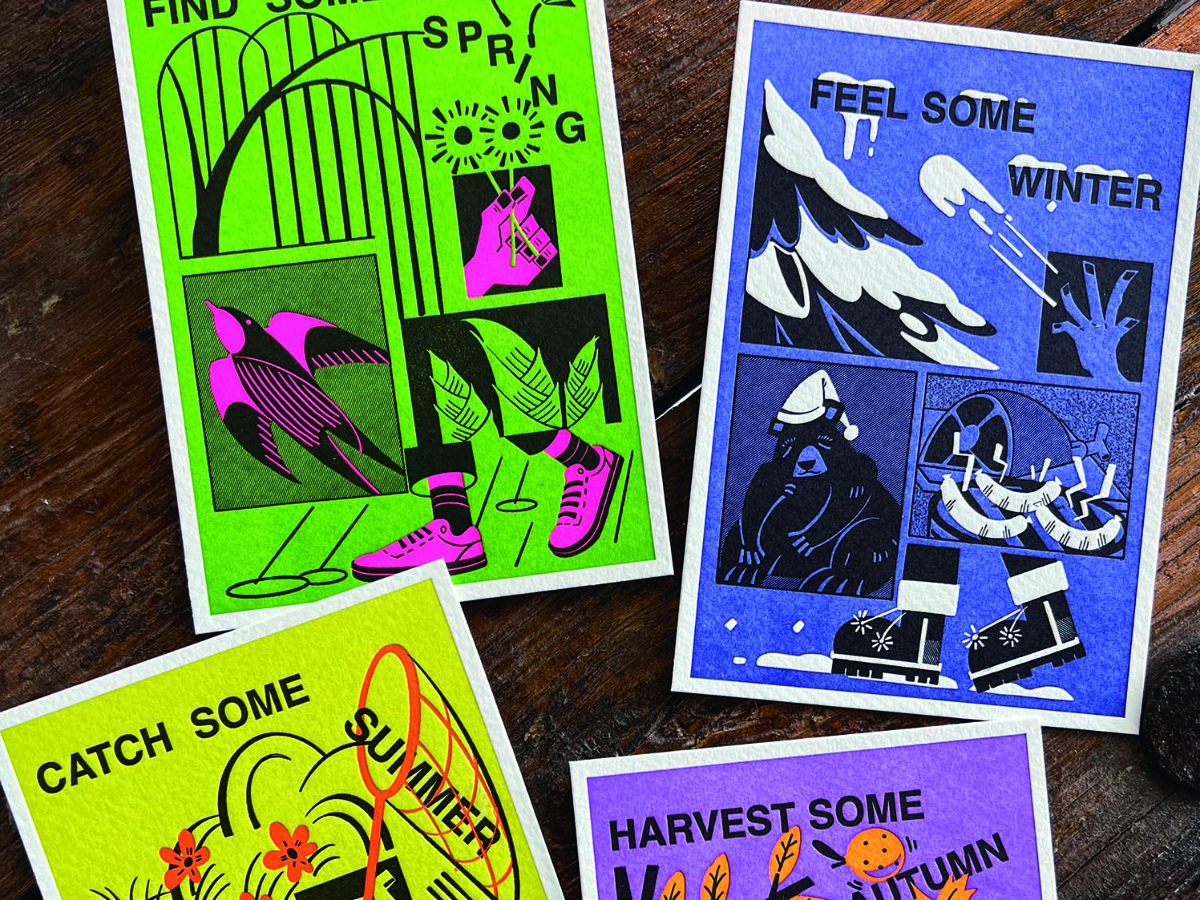
Top 20 Award-Winning Photos from the 2025 World Press Photo Contest Showcase Impactful Global Narratives

Title: A Perspective on a Divided World: The 2025 World Press Photo Contest Showcases Resilience Through Visual Narratives
The 2025 World Press Photo Contest has revealed its winners, highlighting an incredible selection of photography that delivers clarity, emotion, and urgency regarding some of the most critical issues affecting our planet. From the debris-littered streets of Gaza and the floodwaters engulfing Brazil to the forefront of youth-driven movements and climate emergencies, this year’s competition demonstrates the remarkable capacity of photojournalism to document human anguish, resilience, and change.
In its 68th year, the contest attracted 59,320 entries from 3,778 photographers across 141 nations. Recognizing the worldwide scope of journalism today, the contest maintains its region-based format, encompassing six geographic divisions: Africa, Asia-Pacific and Oceania, Europe, North and Central America, South America, and West, Central, and South Asia. For the first time, three winners in both the Single Image and Story categories from each region have been chosen, enabling a broader spectrum of stories and viewpoints to surface.
Documenting Conflict Zones
One of the most striking images of the year was submitted by Ali Jadallah from Anadolu Agency. Titled “Gaza Under Israeli Attack,” the photograph captures smoke and flames rising from a building in Deir al-Balah as Israeli airstrikes devastate the area. With Gaza facing relentless attacks in 2024, the UN estimates that over 60% of residences have been destroyed, and 95% of hospitals are non-functional. Almost two million people have been displaced, confronting critical shortages of food, clean water, and medical supplies. In a region where access for foreign journalists is heavily restricted, local photojournalists like Jadallah risk their lives to ensure these human experiences reach the wider audience.
In alignment with this spirit of journalism amidst danger, numerous winning submissions this year depict scenes of conflict and perseverance, including the attempted assassination of Donald Trump in the United States and the flashpoints of civil unrest in Kenya, Georgia, and Bangladesh.
A Depiction of Political Turmoil
In Kenya, Luis Tato from Agence France-Presse captured youthful demonstrators protesting against government-enforced taxes that sparked a larger movement against corruption and systemic inequality—an image that earned the top prize in the Africa, Stories category.
In Bangladesh, Suvra Kanti Das documented the fall of Prime Minister Sheikh Hasina’s regime, illustrating the defacement of a statue of national founder Sheikh Mujibur Rahman. His narrative, “The Canvas of Power,” won in the West, Central, and South Asia Singles category and reflects how protestors faced increasing militarized suppression in their quest for democratic reforms.
Environmental Disasters and Human Fragility
Climate change is a prominent theme among this year’s winners. Anselmo Cunha’s photograph of a submerged Boeing aircraft at Salgado Filho International Airport in Brazil epitomizes the surreal, catastrophic scale of the nation’s most severe floods to date. This image took home the South America, Singles award.
Similarly, “Four Storms, Ten Days” by Noel Celis for the Associated Press compellingly chronicles a month in the Philippines marked by consecutive typhoons—exemplifying the escalating meteorological turbulence exacerbated by climate change.
Social Injustice and Individual Struggles
Additional photographers focused on grassroots injustices and personal hardship that often go unreported. Indonesian photographer Mas Agung Wilis Yudha Baskoro unveiled the human toll of nickel mining, essential for green technologies but devastating for local communities and ecosystems. His photograph highlights the contradiction of so-called “clean energy” sectors driven by environmental degradation.
In El Salvador, Carlos Barrera’s undertaking “Life and Death in a Country Without Constitutional Rights” illustrates the repercussions of governmental crackdowns under the guise of a never-ending state of emergency, providing unsettling views into the degradation of democratic principles.
Strength in Marginalized Communities
Even in tumult, the resilience of the human spirit prevails. This year’s celebrated storytellers showcased underrepresented groups and their endeavors to secure dignity against the odds. “Mother Moves, House Approves” by Nigerian photographer Temiloluwa Johnson captures the lively essence of Lagos Pride’s underground drag ballroom scene—an act of joy and defiance in a country where LGBTQI+ individuals face criminalization.
In Colombia, Santiago Mesa’s “Jaidë” highlights the alarming suicide crisis among Emberá Dobida Indigenous youth displaced by conflict and poverty. This work emphasizes the urgent need for mental health awareness in marginalized populations.
In the long-term project category, “Bullets Have No Borders” by Ebrahim Alipoor poignantly tracks Kurdish kolbars, porters who undertake perilous cross-border journeys between Iran and Iraq to provide for their families amidst systematic marginalization.
Photography as Collective Consciousness
According to Lucy Conticello, director of photography for Le Monde’s M magazine and this year’s